UK to South Africa 23 Weeks - Itinerary
On this trip we are schedule to visit or pass through 18 countries
Gibraltar, Spain, Morocco, Mauritania, Senegal, Mali, Ivory Coast, Ghana, Togo, Benin, Nigeria, Cameroon, Gabon, Republic of Congo, Cabinda, Angola, Namibia, South Africa
What's it like?
As we will be camping and travelling for an extended period of time, you must be prepared for an adventurous challenge. It can be hot and dusty, and will sometimes be out of contact from the rest of the world. This means no telephones, shops or any other mod cons. We need you to participate and work with all members of the expedition. For the Trans we use sturdy purpose-built vehicles for these rugged off-road conditions.
Due to the nature of the trip, Trans Africa tours do not have a specific day-to-day itinerary.
Week 1 - 4: Europe, Morocco
We start the trip at Gibraltar or Morocco. Crossing the straits of Gibraltar to Morocco, we visit the coastal capital city of Rabat and visit Casablanca. Meknes, on the high plains is of the many ancient walled cities with covered markets and a labyrinth of narrow winding streets. We visit the ancient Roman ruin of Volubilis, followed by Fes, Marrakech and the Atlas Mountains.
Week 5: Mauritania
We pass into the Sahara Desert and follow the Atlantic Coast - it is never forgotten; oases with cool water surrounded by palms, stretches of sand as big as a small country, old forts, camel trains following centuries old trading routes, and a night sky undiluted by city lights. We are touching on the western fringes of the Sahara Desert here - an enormous desert which, incredibly, is the size of the United States We go miles off road, sometimes digging the truck out of the soft sands to get through. - and have to contend with sand dunes, salt pans and mud flats before crossing over the Senegal River to Senegal.
Week 6 - 8: Senegal, Mali, Ivory Coast
We enter the Sahel; the vast semi arid desert that separates the Sahara from the forests of black Africa and cross the Senegal River into Senegal. We reach St Louis on the coast and the capital Dakar with its great night clubs.
We follow the border of Gambia to the west of Senegal and head south; down the road less travelled to the mountainous Guinea and Cote d’Ivoire. Ivory Coast and the magnificent Basilica of Our Lady of Peace in Yamoussoukro, modeled on St Peters Basilica in the Vatican. Then to Abidjan, with an impressive skyline of high rise buildings, and oceans where we can camp on the beach.
Week 9 - 10 Ghana
Both routes meet in Ghana being the first English-speaking country Ghana, is a particular favourite, the people are so warm and hospitable - lots of fantastic seafood too! The tree-top canopy walks of the Kakum Forest Reserve and widely available drumming lessons are now a firmly established. We cross the jungle to the beaches of the Gold Coast and visit the slaving forts.
Week 11 - 12: Togo, Benin, Nigeria
Togo and Benin are only fifty miles wide. Here the religion is the African tradition of Voodoo. On Nakoue Lagoon you can take canoes to visit the fishing village of Ganvie. We enjoy the huge bustling markets and visits to the stilted village-in-a-lake built high above the water on bamboo poles, and the fetish market in Lome (home of voodoo). There are mud fortresses in the north to the home of voodoo, Togo and Benin, despite being tiny countries have a lot to offer.
Nigeria is the most populous country in Africa, with 100 million people. With its often dubious reputation, Nigeria will be one of the countries that surprises you the most. The people are dynamic, clever and fun, and very welcoming of tourists.
Depending on our route through Nigeria you may have the chance to visit national parks, warm springs, wildlife conservation projects, and the sacred grove in Oshogbo. We visit Lagos, the commercial capital and largest city in West Africa and head on to Abuja the political capital, then time at Wikki Warm Springs to relax for a few days. Leaving the warm springs we head to Calabar, passing the outskirts of the Cross-River National Park.
Week 13 - 14: Cameroon
Entering Cameroon, we stay on the beach at Limbe. For those that are adventurous, you can climb West Africa's largest mountain, Mount Cameroon. From the coast we visit the capital Yaounde.
Week 15 - 17: Gabon, Republic of Congo, Cabinda (Angola)
Leaving Yaounde, we cross into Gabon, a country which consists mostly of tropical rain forests. To the Republic of Congo. Driving through bamboo forest tunnels we make our way back to the coast reaching Pointe-Noire. Here you can visit the Jane Goodall Chimp sanctuary, or relax on the beach.
Week 18: Cabinda
The oil rich exclave of Angola with the Congo to the East and the Atlantic to the west; where you can watch the flames burning off from the offshore oil rigs.
Week 19 -20: Angola
This country only opened up to tourism in 2004, one of the largest and least visited countries in Africa. The people are friendly and the views astounding. Driving along the red mud roads we reach the coast and the capital Luanda, it’s very Portuguese in its buildings and Brazilian in its beach attire with a line of beach bars and restaurants in the bay. We follow the coast passing lots of waterfalls on the way to Lubango town 2000 meters high on a plateau. It is home to the third of the great statues of Jesus; the others being in Rio and Lisbon.
Week 21 - 22: Namibia
Entering Namibia, we encounter a vast array of environments and cultures. Once occupied by Germany, Namibia produces a blend of German, African and Afrikaans influences. The Himba peoples of the North are most noted for their red ochre body paint and their traditional lifestyle.
Etosha Pan National Park. Thousands of years ago this vast saltpan was a lake, until the Kunene River changed its course and deprived the lake of its water source. Now the pan and surrounding bush support large numbers and a wide range of wildlife. We spend a couple of day's game viewing from the truck during the day and spend the evenings around the floodlit water holes at the park's campsites. These water holes provide an excellent opportunity to observe animals that are hard to find during the day, particularly rhino and also smaller animals such as the genet. Elephant, lion, giraffe, zebra, oryx, ostrich, springbok, jackals, hyenas and meercats are also likely to be seen at Etosha.
From wild animals to tame ones, we spend a night at the Cheetah Farm where you can scratch the big cats behind the ears before watching them take their evening meal
Heading for the Atlantic Ocean Coast, we visit Africa's largest cape fur seal colony at Cape Cross. Swakopmund is an old German colonial seaside resort with plenty of things to do for the energetic and plenty of beer cellars for those after a more relaxing time. The energetic can go horse-riding or sand boarding on the dunes, deep sea fishing in the Atlantic or scenic flights over the coastline.
Heading inland, we enter the Namib Desert, famous for the 300m high sand dunes. We enjoy sunrise at the top of the most photographed dune, Dune 45 before taking a tour with local guides into the remote parts of Sossusvlei.
After an overnight stay in the desert we drive south to Fish River Canyon, at 85km long and 400m deep it's second in size only to the Grand Canyon. You can trek down to the bottom of the canyon and, from the viewpoints at the top, watch the setting or rising of the sun. There are seasonal hot springs in the south at Ai Ais. Our last stop in Namibia is the Orange River, which forms the border with South Africa.
Week 23: South Africa
Crossing the river we arrive in South Africa and travel south through Namaqualand, South Africa's prime farming areas. We drive through the mountain valleys of the Cederberg and stony semi-deserts before arriving in Stellenbosch, the centre of one of the Cape's many wine routes. A wine tour with plenty of tasting makes for a great day out.
Cape Town
It's a beautiful city, nestled at the foot of Table Mountain; plenty of cafes, pubs, clubs, markets and sights. You can climb the mountain or take the cable car to the top for some wonderful views of the city and the Cape Peninsula and visit Robben Island
For an updated dossier and information on visas, vaccinations, spending money, optional excursions and other useful information please contact us.
Of all the trips we run this is the most likely to have a change of route due to local conditions and visa requirements. Africa is an unpredictable continent. We do not have a fixed itinerary so please treat the information given as a guideline only. Although our information is written in good faith at the time of printing, our route may vary at any time due to weather, politics or road conditions.
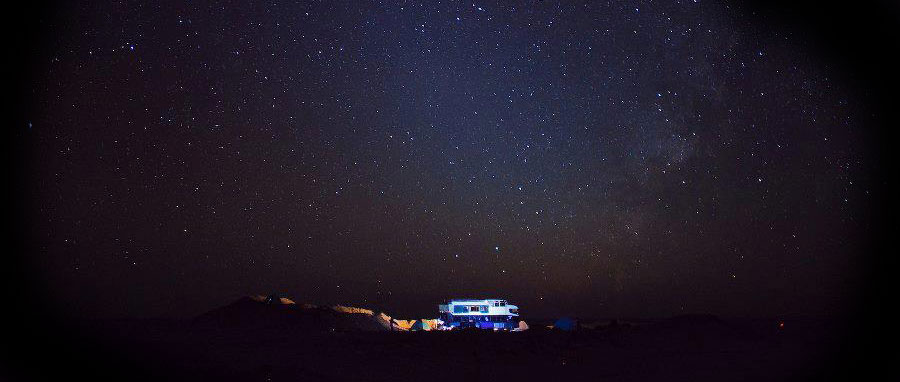
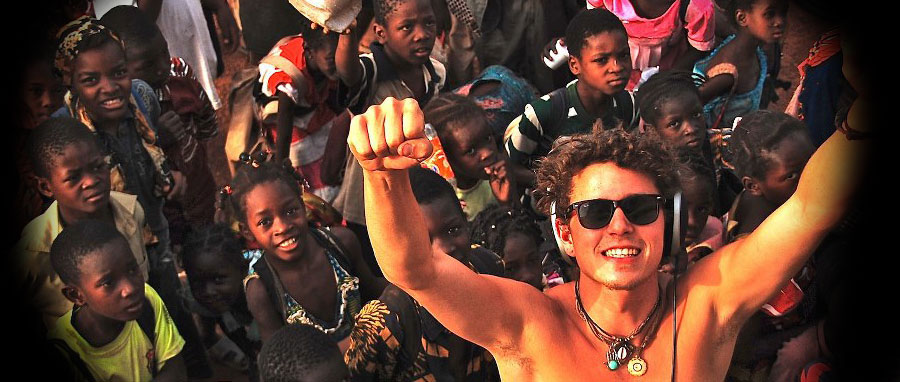
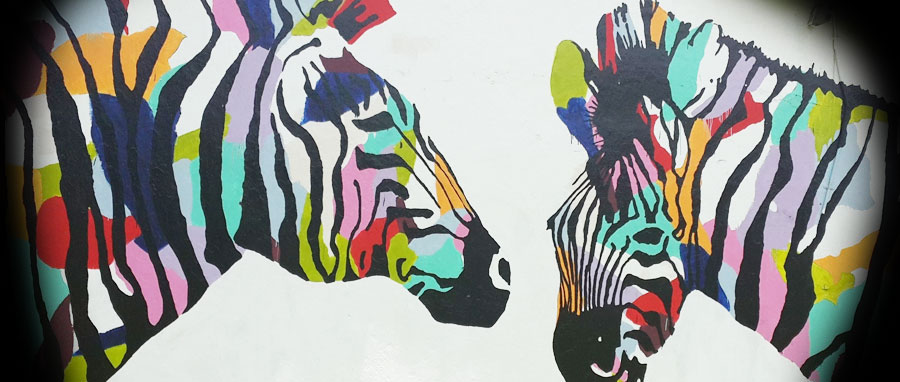
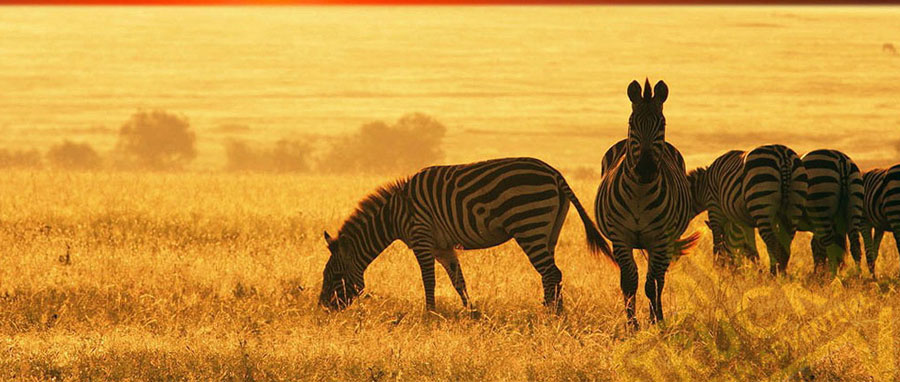
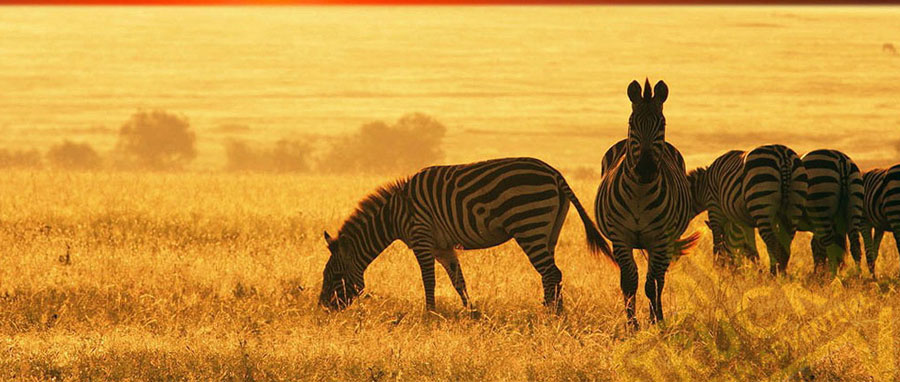
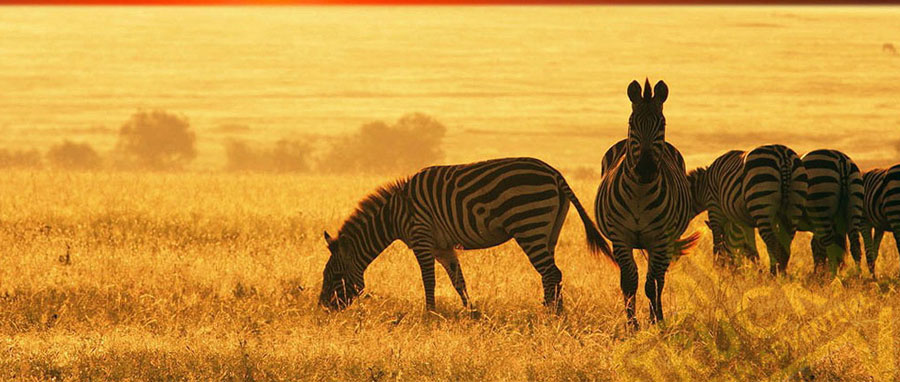
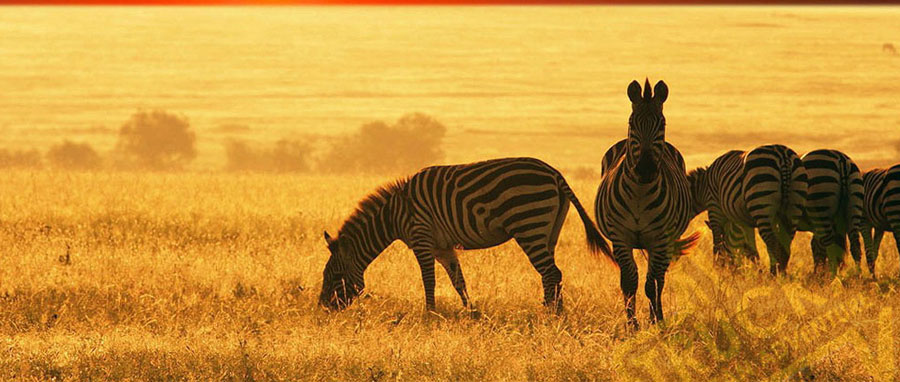
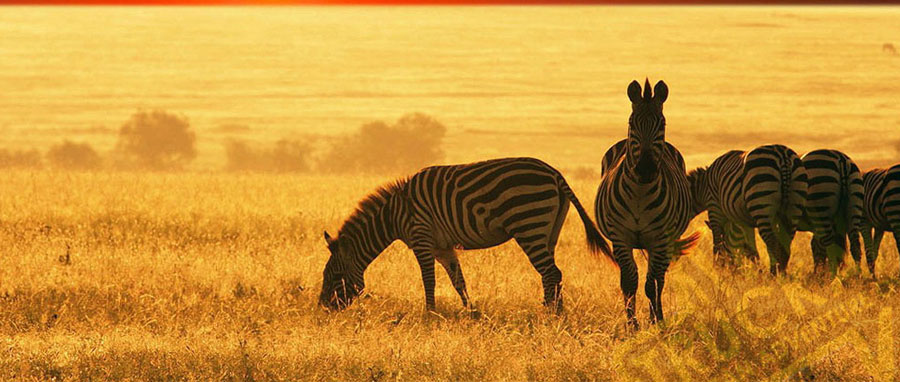
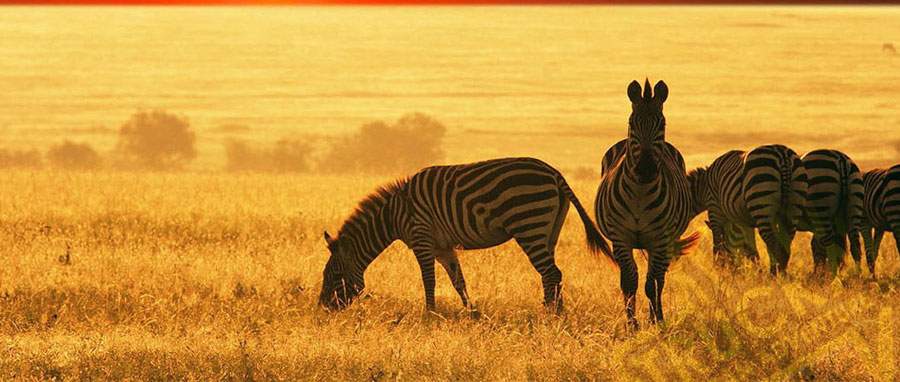



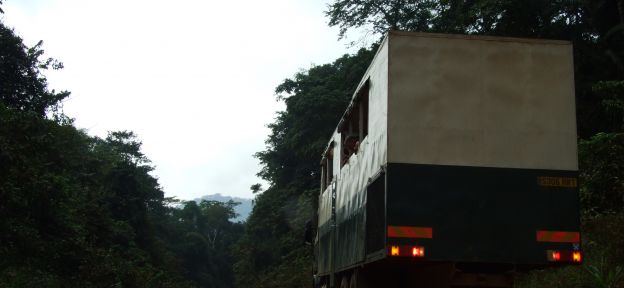
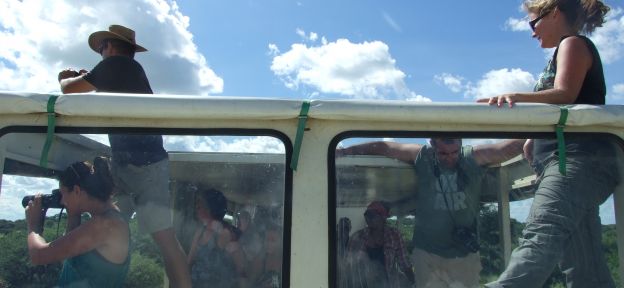
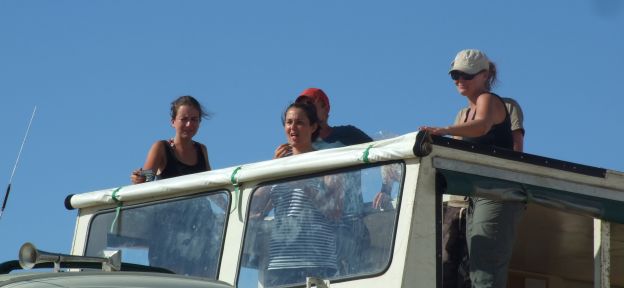
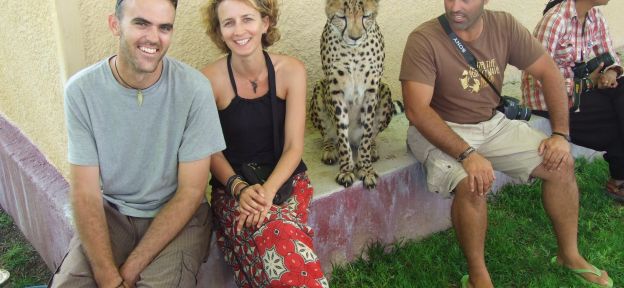
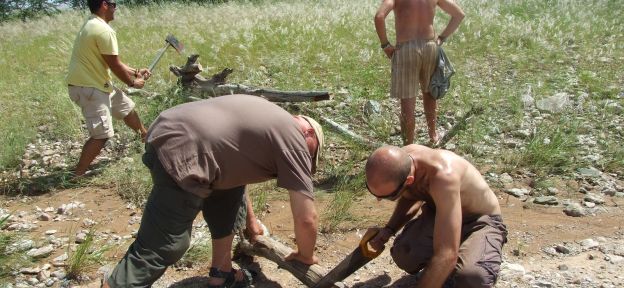
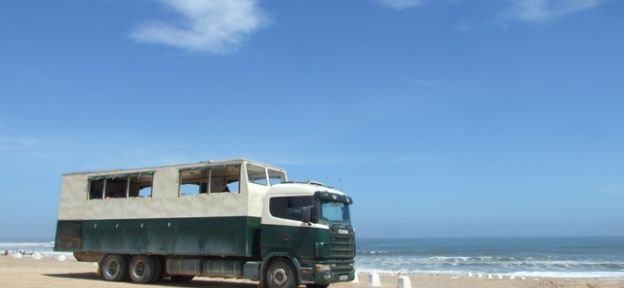
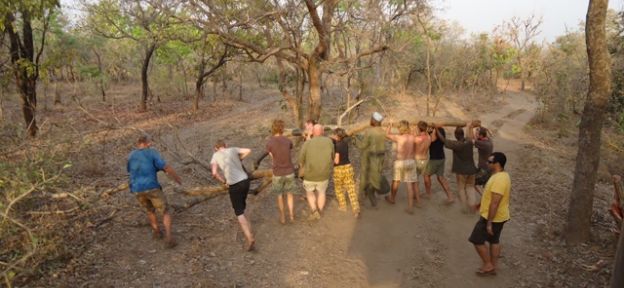
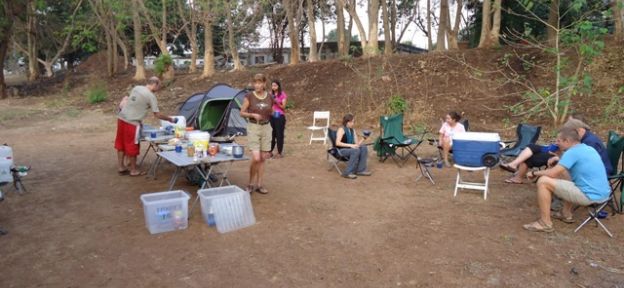
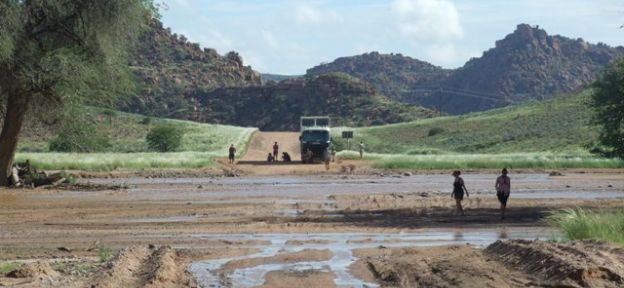
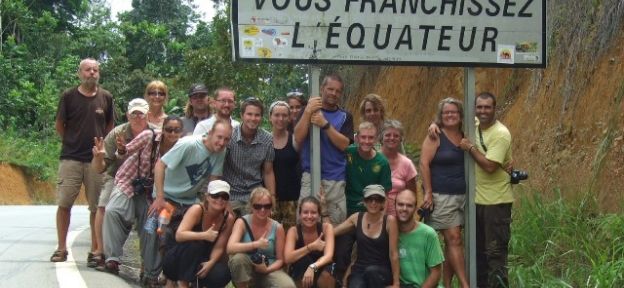
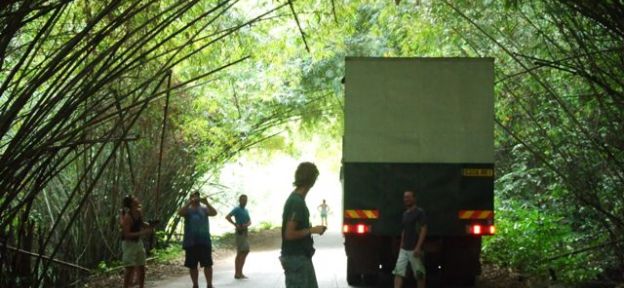
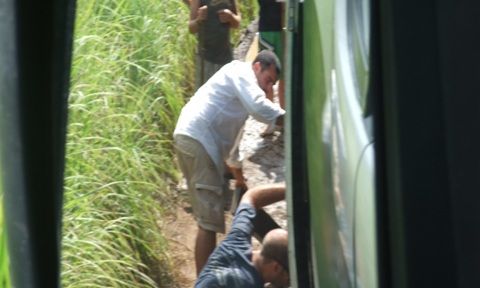
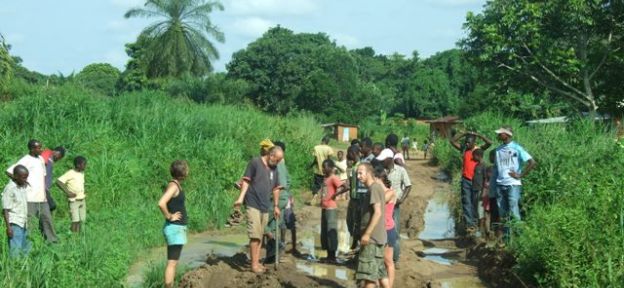
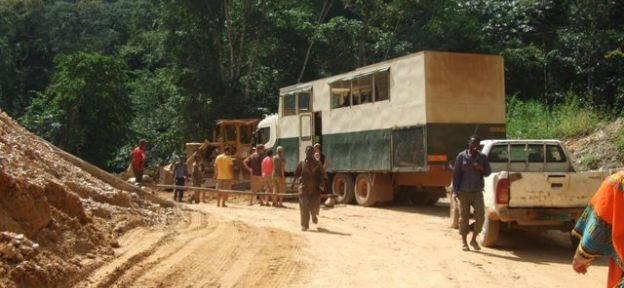
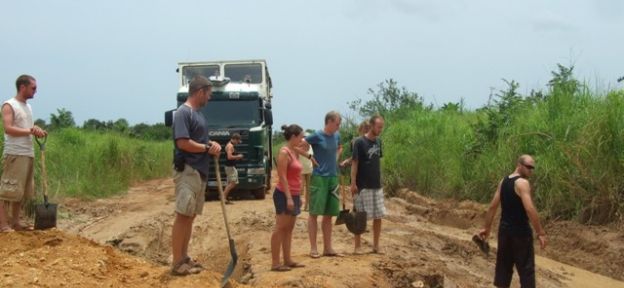
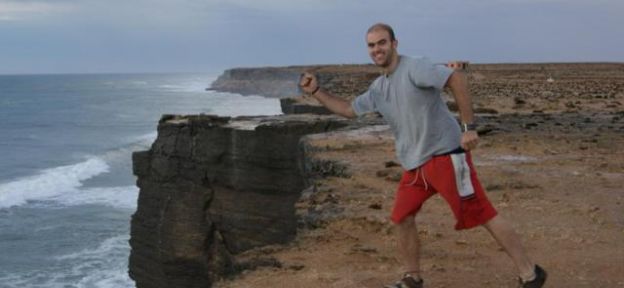
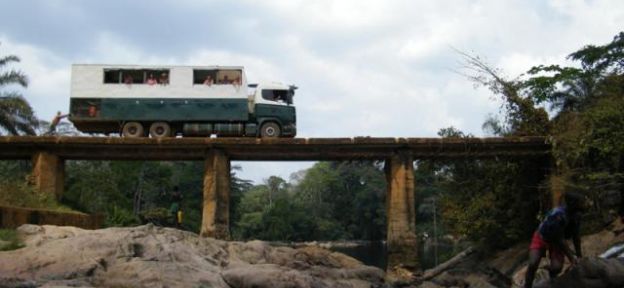
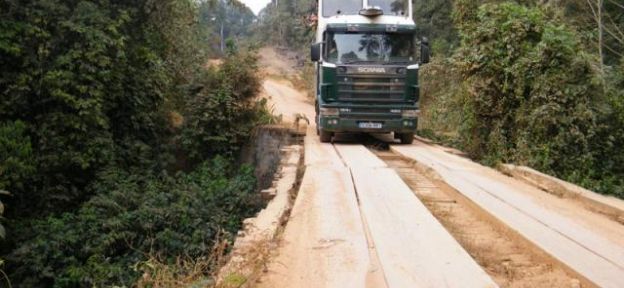
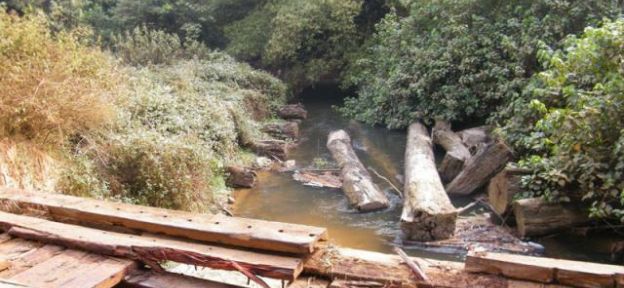
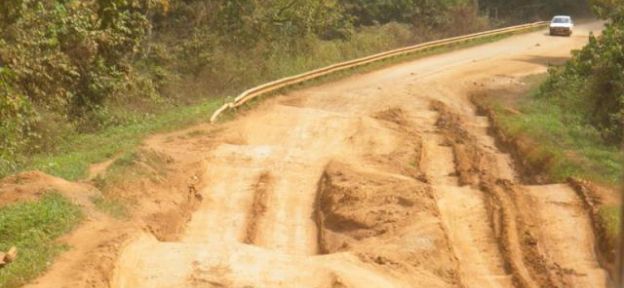
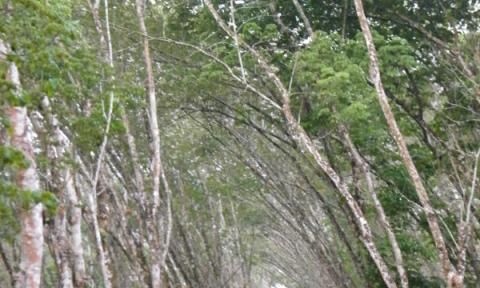
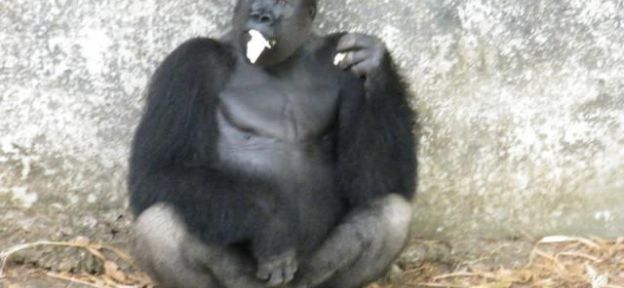
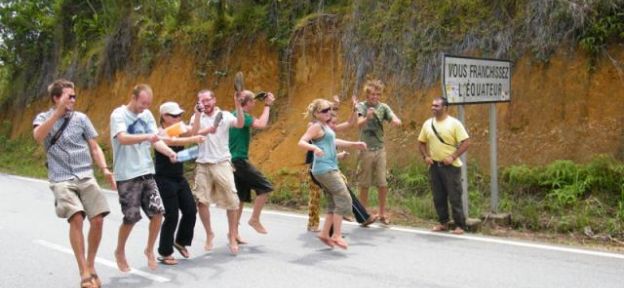
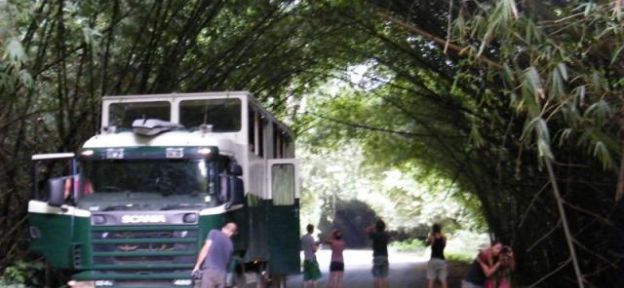
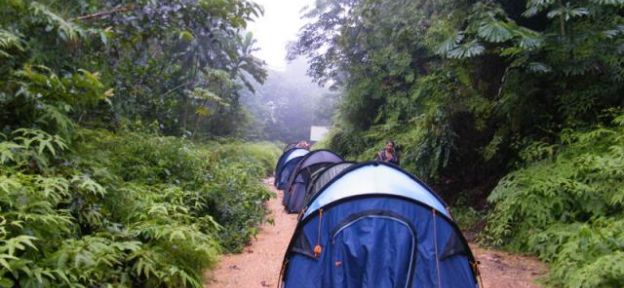
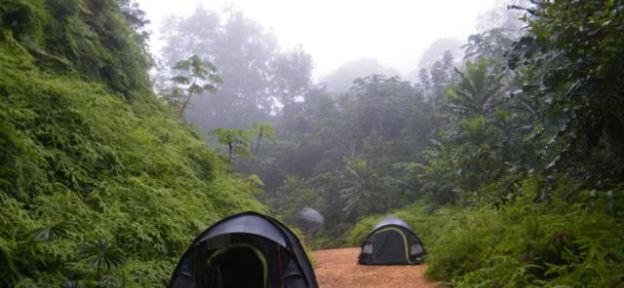
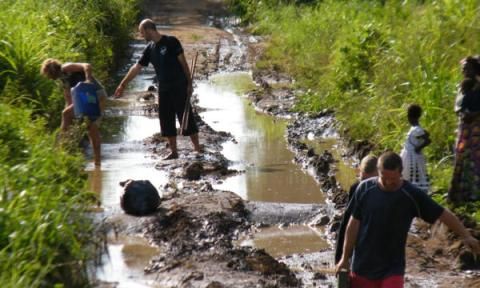
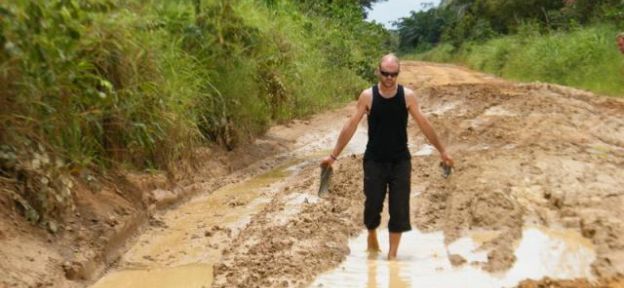
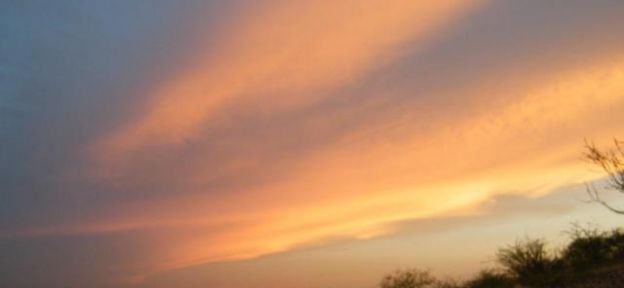
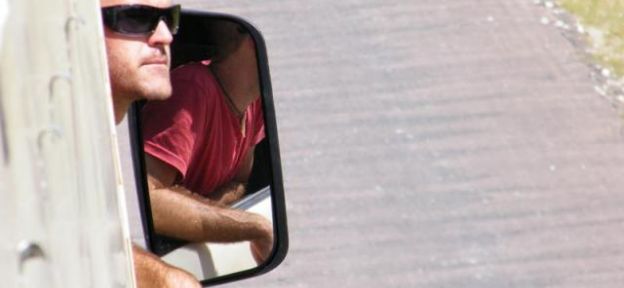
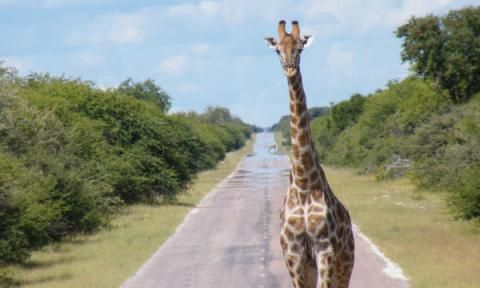
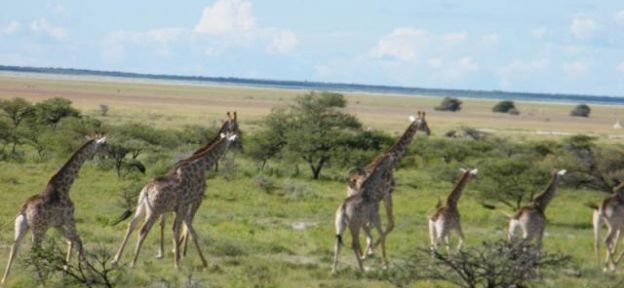
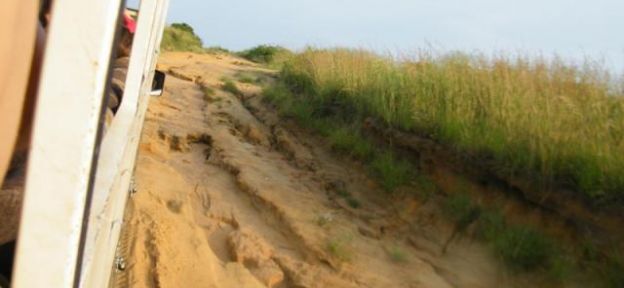
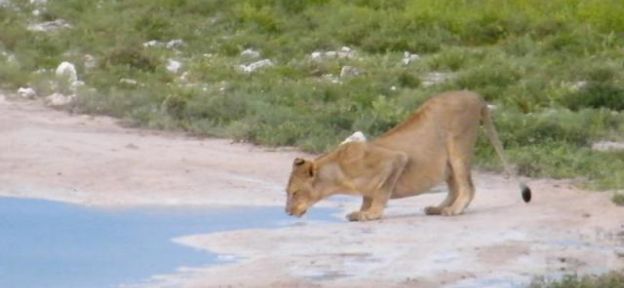
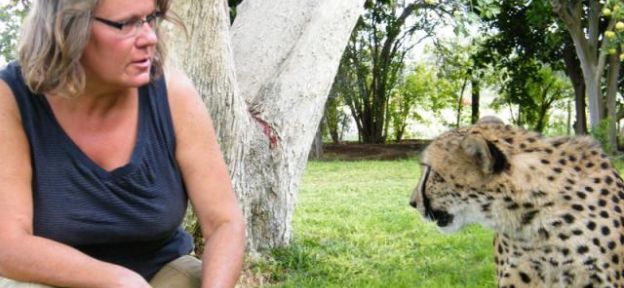
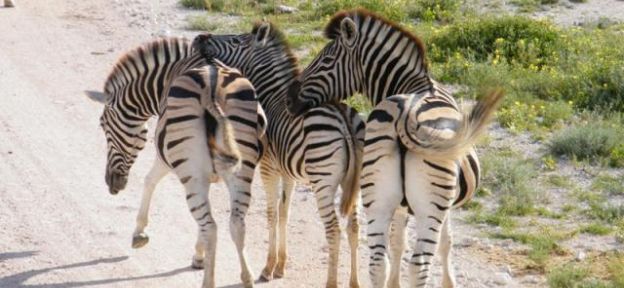
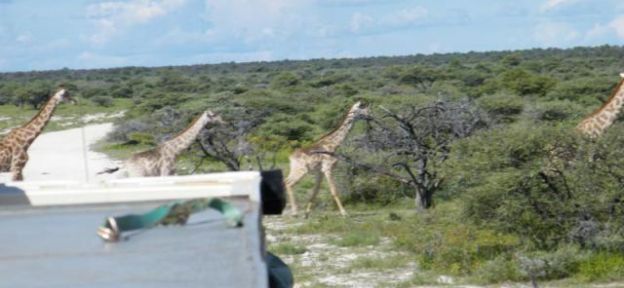
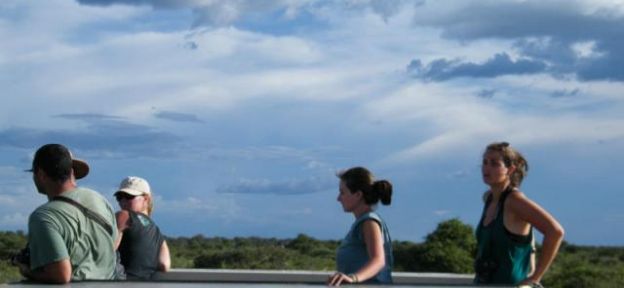
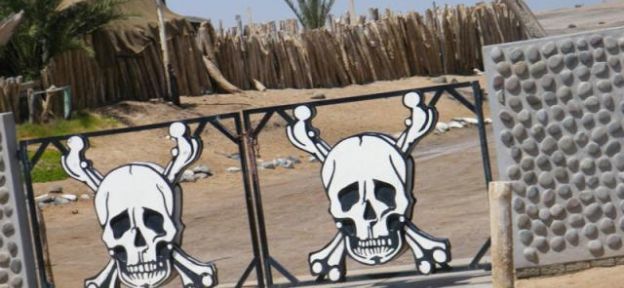
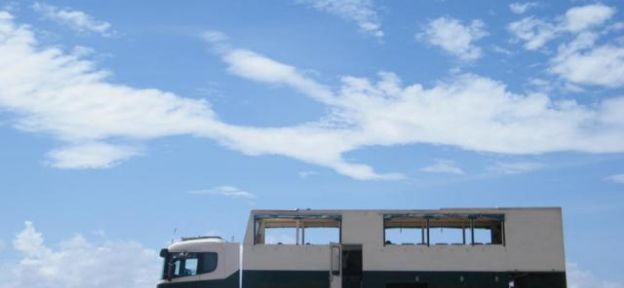
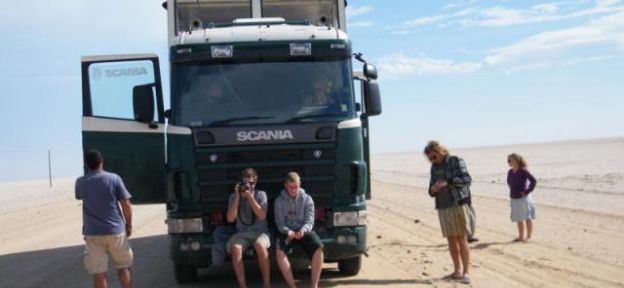
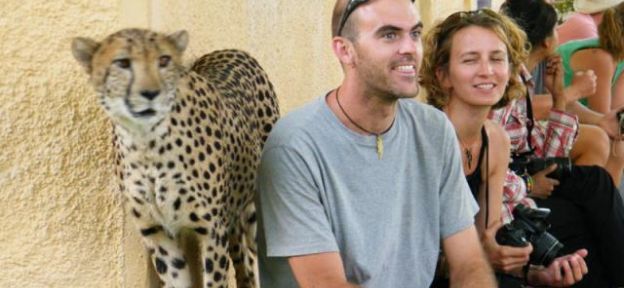
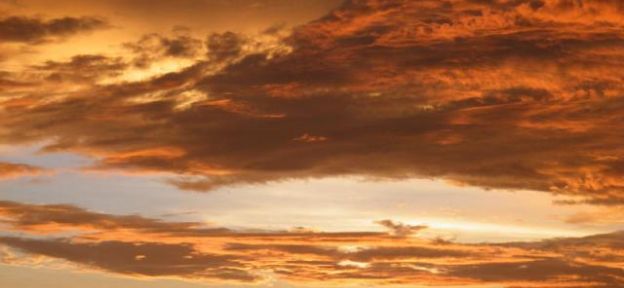
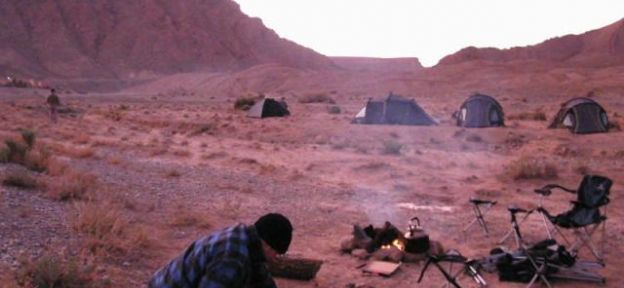
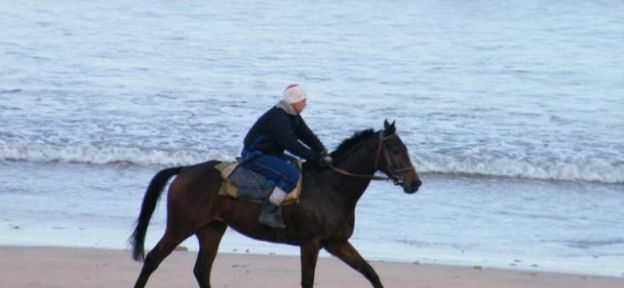
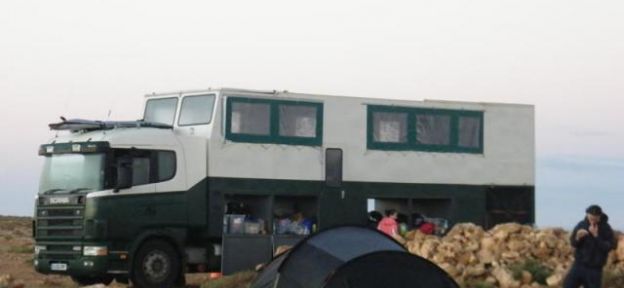
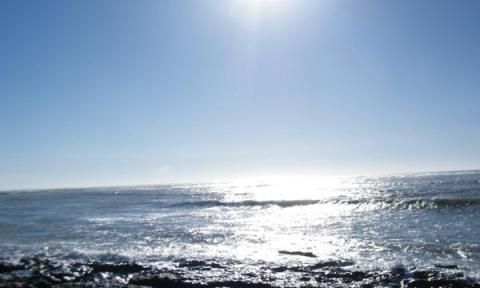
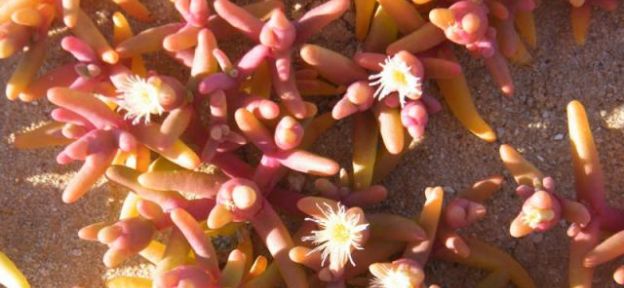
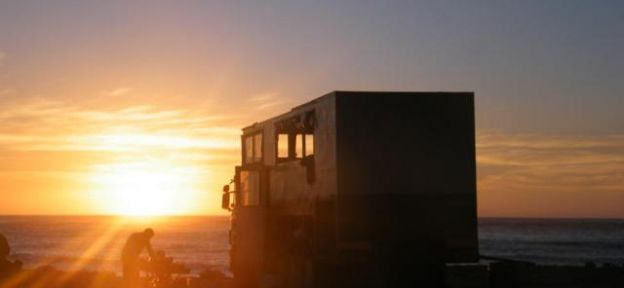
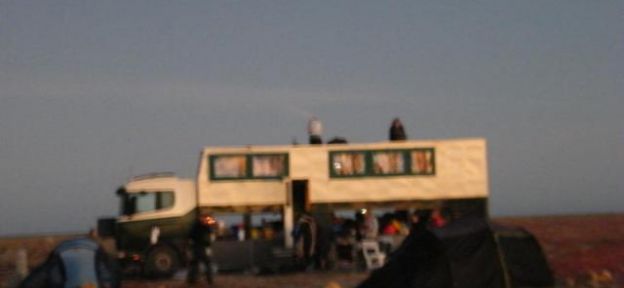
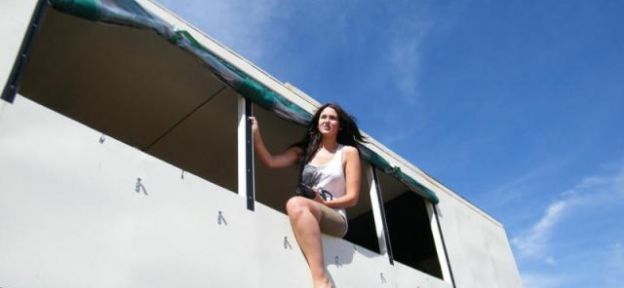
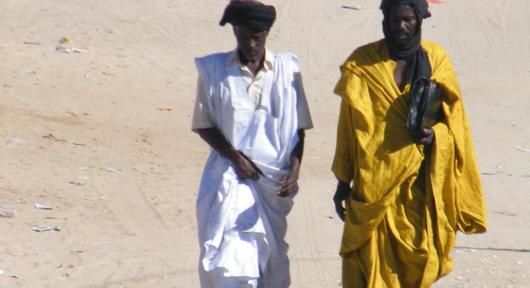
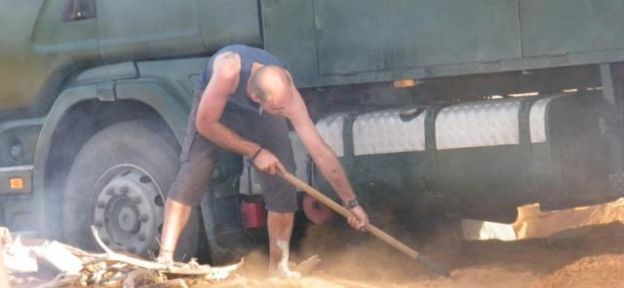

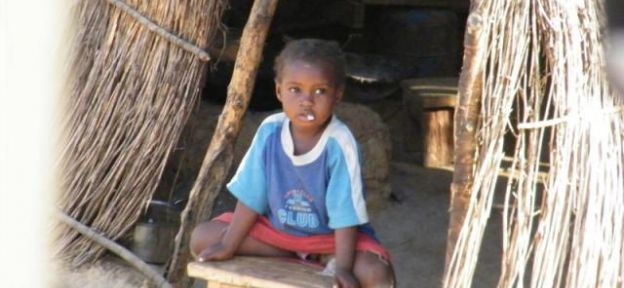
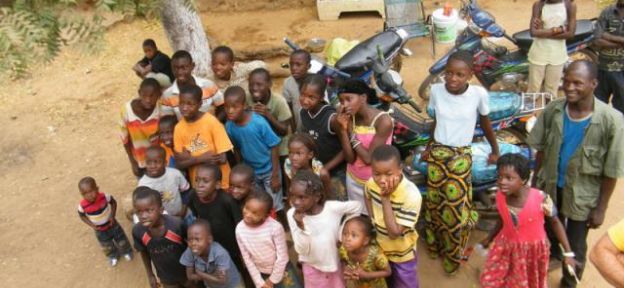
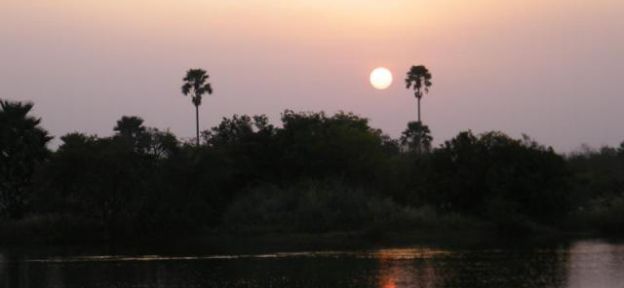
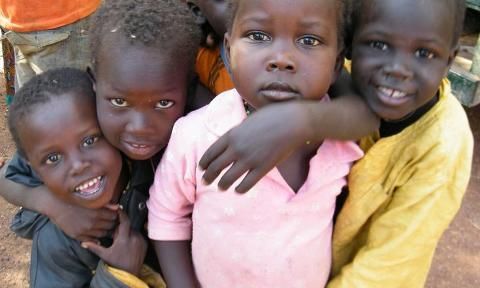
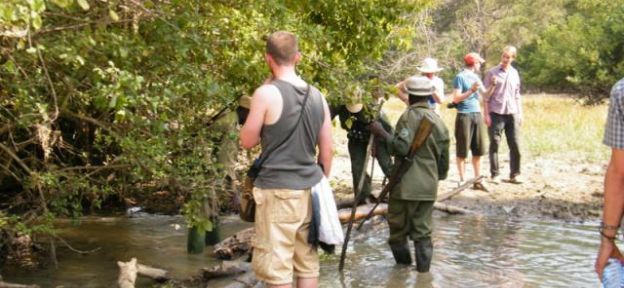
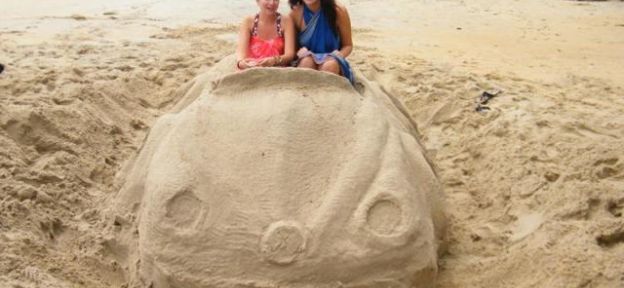
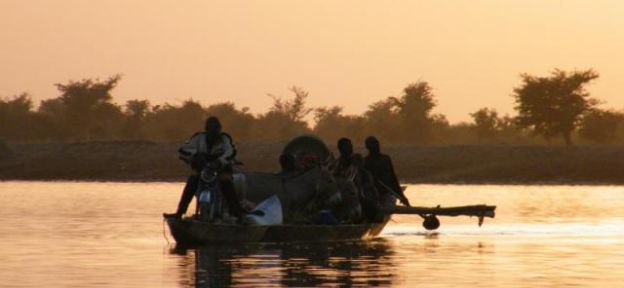
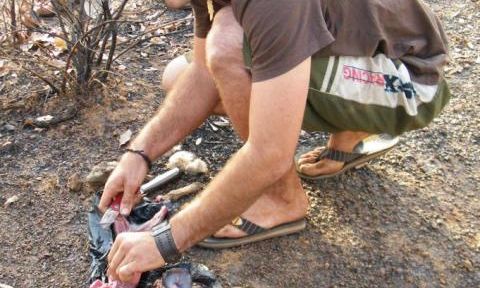
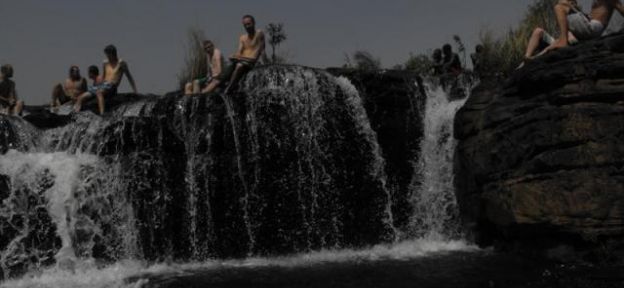
 Print this Page
Print this Page